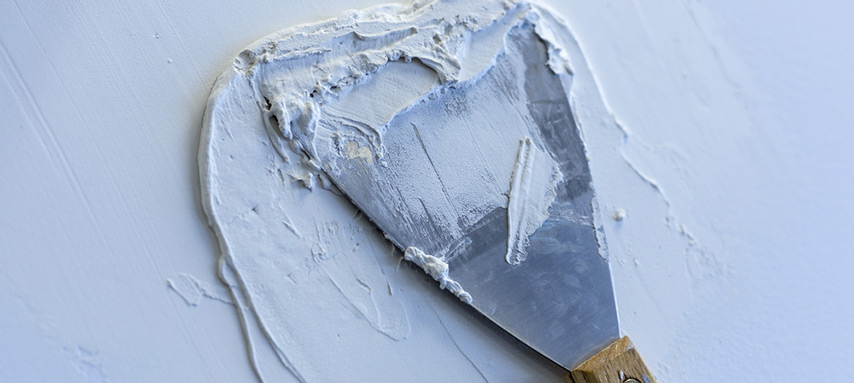It’s understandable to worry about cracks in the walls, ceilings, and floor of your home. Cracks in your drywall can be especially troublesome because of their visibility. It’s even more unnerving when your drywall keeps cracking in the same spot.
So, what causes the crack in your wall that keeps coming back? Further, what solutions are out there for recurring cracks in your drywall?
What Causes Drywall Cracks?
Drywall cracks can occur due to stress from excessive moisture, reasonable foundation settlement, or legitimate foundation damage. Drywall cracks can appear as vertical or horizontal cracks. Vertical cracks are relatively harmless, while jagged horizontal or angled cracks can be a sign of foundation problems.
These facts don’t address a more serious question – why does my wall keep cracking?
Drywall Cracks that Keep Coming Back
When a drywall crack keeps coming back, even after you’ve attempted to repair it, there are likely underlying foundation issues. These issues could be caused by:
- A void under your concrete slab
- Soil erosion around your house foundation
- Landscaping around your house foundation that is causing root or water damage
- A foundation soil type that dramatically expands and contracts with moisture changes
- A leak under your concrete slab that is causing foundation shifting
Foundation problems are a prime reason why a stress crack in your drywall will keep appearing even after you’ve attempted to fix it.
In the sections below, we cover several popular options for foundation repair in the Greater Houston area that can solve the cause of your drywall crack dilemma.
How to Repair Drywall Cracks that Keep Coming Back
Now that you understand what is likely causing the recurring stress cracks in your drywall, you need to learn how to repair drywall cracks that keep coming back. Simply mudding/plastering and repainting your wall won’t solve the underlying cause.
Foam Foundation Repair
There are several types of foundation foam available. At URETEK Gulf Coast, we use an injection process called The URETEK Method®. This method leverages patented, structural-grade, hydro-insensitive, long-lasting polyurethane foam to inert the environment under your foundation.
A small crew of URETEK technicians drill penny-sized holes in the affected sections of foundation, and the URETEK foam is injected. The foam is then injected under the foundation and lifting happens within seconds. The chemical expansion of the foam fills voids, fissures, and compacts loose soil under your vulnerable foundation. Elevations are closely monitored to help ensure a level foundation.
After the foundation foam has done its work, the holes are grouted or puttied. We recommend waiting four to six weeks before making cosmetic repairs after foundation repair. At that time, feel free to repair those stubborn drywall cracks for the last time.
Contact the URETEK Gulf Coast team today for foam foundation repair in Houston.
Foundation Repair with Concrete Pressed Pilings
Foundation pilings are a way to circumvent saturated or shifting foundation soil that could be causing damage to your home. Concrete pressed pilings are driven deep below your foundation to reach a more compact and consistent soil base that isn’t prone to shifting. These 12” x 6” pre-cast concrete cylinders are driven as deep as needed until they reach total resistance and can fully support your home.
This technique is a bit more invasive than the foam foundation repair technique. We recommend waiting one month to repair sheetrock cracks. Those pesky cracks in your wall that keep coming back can be repaired, and they should subside for the long term.
Contact the URETEK Gulf Coast team today for pressed pilings foundation repair in Houston.
When You’ve Got Foundation Problems, URETEK Has Answers
URETEK Gulf Coast has been serving the Greater Houston area with high-quality foundation repair since 2000. We pride ourselves on always recommending what is best for your needs rather than trying to force a sale.
Contact us today for a free estimate on your home’s foundation repair needs.

